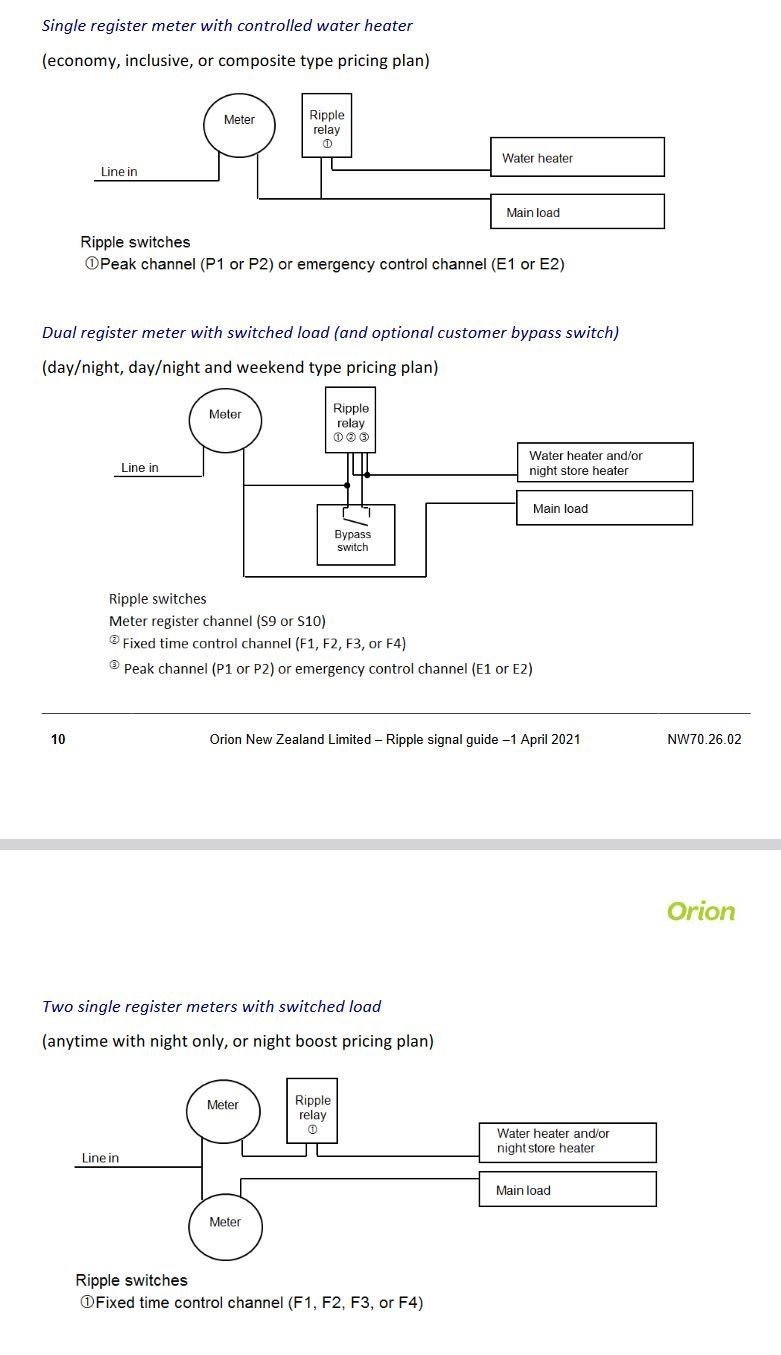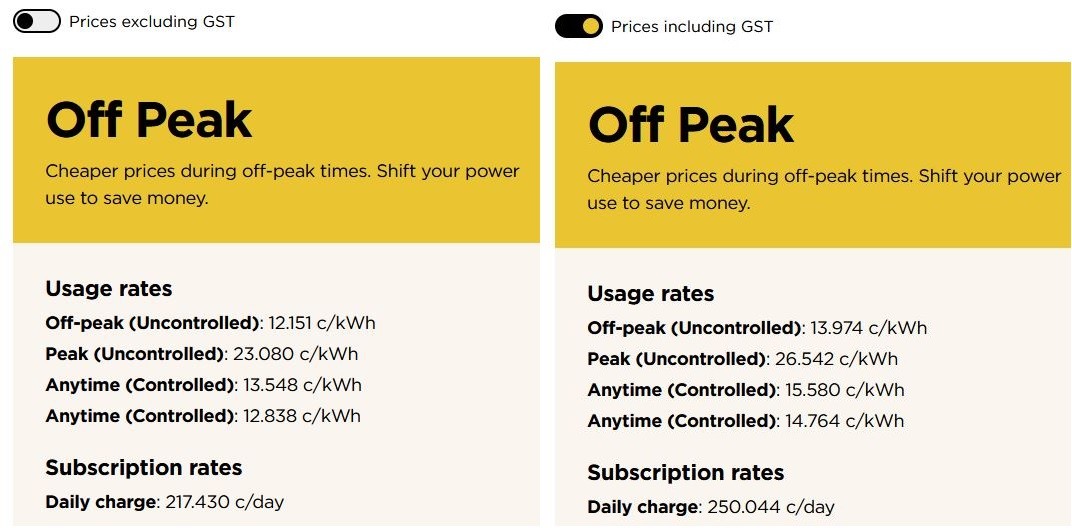It's in the name, the ripple channel descriptions, and the pricing notes:
This option is only available to residential consumers. This is a
separately metered supply that allows WELL to control energy to
permanently wired appliances, such as hot water cylinders. All load
on this meter supply can be controlled by WELL. The supply can be
controlled at any time for a maximum of five hours in any 24 hour
period. This supply is only available to load permanently wired to a
separate meter/register. Refer to section 4.3.1 for eligibility for
controlled prices.
I don't have a ripple-controlled HWC and don't want to implement a ripple decoder from scratch, so unless you have evidence to the contrary, their legally binding statements seem pretty reasonable.
Orion (Canterbury) has a live status page with current and historical information on their ripple control.
Their non-binding guidelines are:
P1 Peak control
residential
Turned off during peaks and emergencies.
We aim to limit the time your hot water heating is
turned off to no more than 4 hours in any 8 hour
period, and no more than 8 hours per day.
P2 Peak control
business
Turned off during peaks and emergencies.
We aim to limit the time your hot water heating is
turned off to no more than 2 hours in any 5 hour
period, and no more than 6 hours per day.
As you can see, Orion is much more concerned about limiting demand than WE. Despite being closer to major generation, Canterbury and the upper south island (USI) are something of a dead-end and subject to significant winter demand. Wellington is in the middle of the big pipe from the dams down south up towards Auckland, so the marginal impacts of more load are much more minimal.





